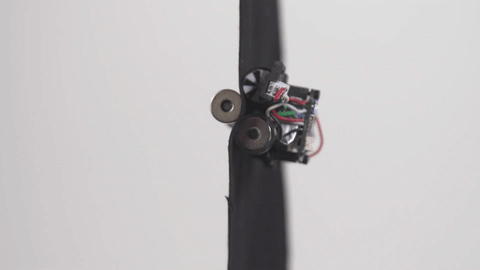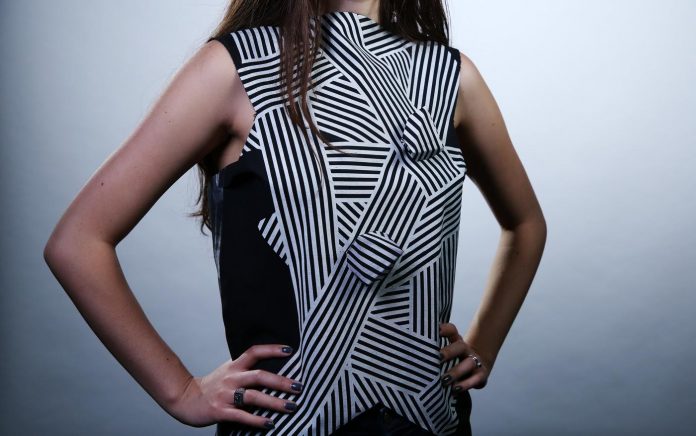Whether it’s jumping cheetahs or self-folding origami, MIT is always pushing the boundaries of imagination in the field of robotics. Their latest creation is no less eye-catching, if a little creepy looking.
Project Kino was inspired by the idea of ‘living jewelry’ – large insects worn as jewelry and garment decor around the world. In this version, miniature robots roam around freely over the landscape of your body using magnets. Their primary purpose is to lend an ever-changing aesthetic to your garments as well as offer a few utilitarian functions.
It’s pretty much the perfect accessory for those looking to make the kind of fashion statement that gets people saying “Stay still! You got a bug on your shoulder.”
But if you’re the type of person who gets bored with wearing the same outfit all day, then this technology might be for you. The critters crawl across your garment for the sole purpose of changing up the aesthetic. They can create new visual patterns, reposition clothing items, or – when worn on fabrics like velvet – etch intricate designs with their tire tracks.

And for those of us who care a lot less about wearing living jewelry for aesthetics alone, the research team is looking into some functional uses for these robots as well. For instance, the robotic bugs could crawl upwards when you get a phone call so you can use them as a microphone and speaker. Or they can come equipped with sensors that detect the local climate so when it warms up, they’ll kindly pull down the hood of your hoodie for you.
“With wearables that possess hybrid qualities of the living and the crafted, we explore a new on-body ecology for human-wearable symbiosis,” the team said in a statement.

But the technology isn’t runway ready just yet. A 45-minute long battery life means you won’t get a whole lot of functionality out of these robots just yet. And their large size makes them less than ideal as a clothing accessory. The team wants them “miniaturized to the extent that they can be seamlessly integrated into existing practices of body ornamentation.”
Stay tuned for more hair-raising advances in this space.











